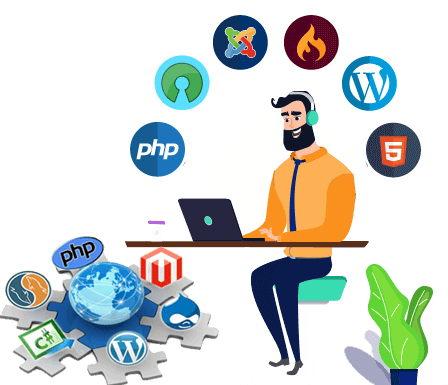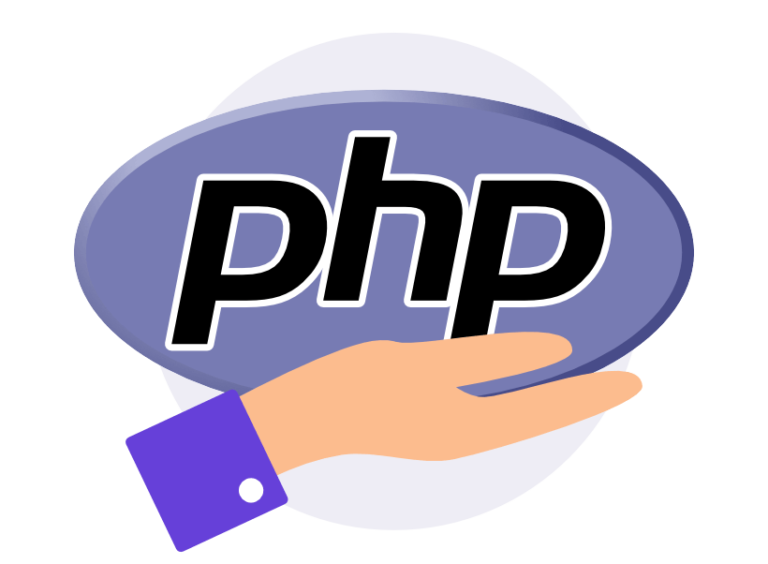
How to Create Websites with PHP
How to Create Websites with PHP: One of the most popular server-side scripting languages for developing dynamic and interactive websites is PHP (Hypertext Preprocessor). The field of web development is constantly evolving. Whether you are a seasoned developer or are just starting your web development career, this comprehensive manual will assist you in understanding the fundamentals of PHP web development.
Originally developed for web development, the open-source server-side scripting language PHP has now found use in a variety of other industries. It is a versatile language with a sizable, helpful community and is renowned for being user-friendly. When PHP is executed on the server, it is processed by the server and delivered as final HTML to the client’s web browser.
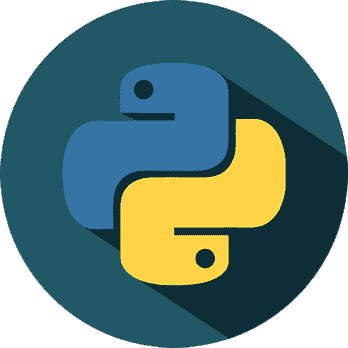
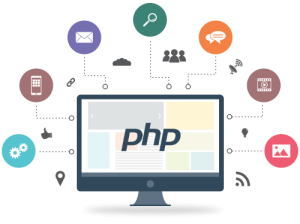
Before starting a PHP web development project, you must set up your development environment. A web server, a database system (such as MySQL or PostgreSQL), and a coding editor are necessary. XAMPP and WAMP are popular choices for local development environments since they combine Apache (webserver), MySQL (database), and PHP in a handy package.
Before using PHP, you need to be familiar with the following concepts:
– Variables and Data Types: Become familiar with the different types of variables and data (such as integers, strings, and arrays).
– Conditional Statements: Look at switch statements, if statements, and ternary operators.
– Loops: Learn how to use the for, while, and for each loop to control program flow.
– To create reusable code blocks, use functions.
– Arrays: Work with indexed, associative, and multidimensional arrays.
– Forms and User Input: Learn how to process data from HTML forms using PHP.

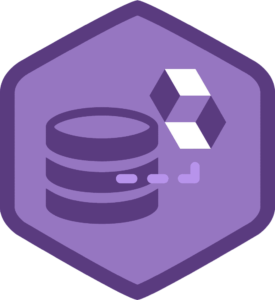
The use of PHP for database interfaces is extremely common. You need to know how to:
– Establish a Connection to a Database: Establish a link to the database system of your choosing.
– SQL Queries: You can execute SELECT, INSERT, UPDATE, and DELETE queries using PHP.
– Prepared Statements: Use prepared statements to boost security and avoid SQL injection.
– Object-Relational Mapping (ORM): Examine PHP ORM frameworks like Doctrine and Eloquent for more intricate database operations.
You can begin developing dynamic websites once you have mastered the fundamentals of PHP:
– Template Engines: Use template engines like Twig or Smarty to separate PHP code from HTML markup.
– Sessions and Cookies: To manage user sessions and save user information, utilize PHP’s session and cookie functions.
– Authentication and Authorization: Include user authentication and role-based access control (RBAC) in your apps.

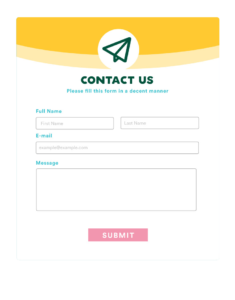
Forms are a common way for users to interact with web applications. Discover how to:
– Validate User Input: Validate and sanitize user input to ensure data integrity.
– File Uploads: Enable users to safely upload files.
Implement server-side validation and show helpful error messages when handling forms.
Web security is essential. Look into the most basic security precautions:
– Preventing SQL Injection: Use prepared statements to thwart SQL Injection attempts.
– To stop cross-site scripting (XSS), utilize output escaping and sanitize user input.
Use anti-CSRF tokens for protection against cross-site request forgery (CSRF).
– Password Hashing: To securely save passwords, use password hashing features.

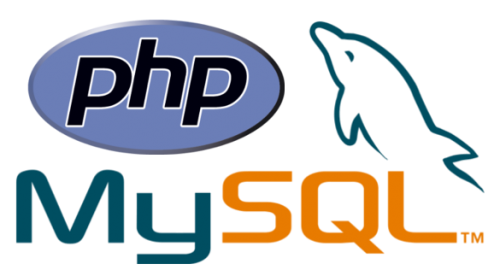
Once you’ve mastered the basics, move on to more challenging topics:
– RESTful APIs: To build and use REST APIs, use PHP.
– Content Management Systems (CMS): Take a look at the popular PHP-based CMSs Joomla and WordPress.
– Frameworks: Get to know PHP frameworks like Laravel, Symfony, and CodeIgniter for rapid application development.
Web development with PHP is rewarding. It allows you to create dynamic, interactive internet applications and offers a plethora of tools and packages to facilitate your work. By studying the fundamentals and progressively examining advanced topics, you can become a proficient PHP developer capable of developing dependable and secure web solutions. Maintain your curiosity, practice frequently, and stay up to date with the PHP ecosystem’s evolving trends if you want to succeed in this intriguing subject.
